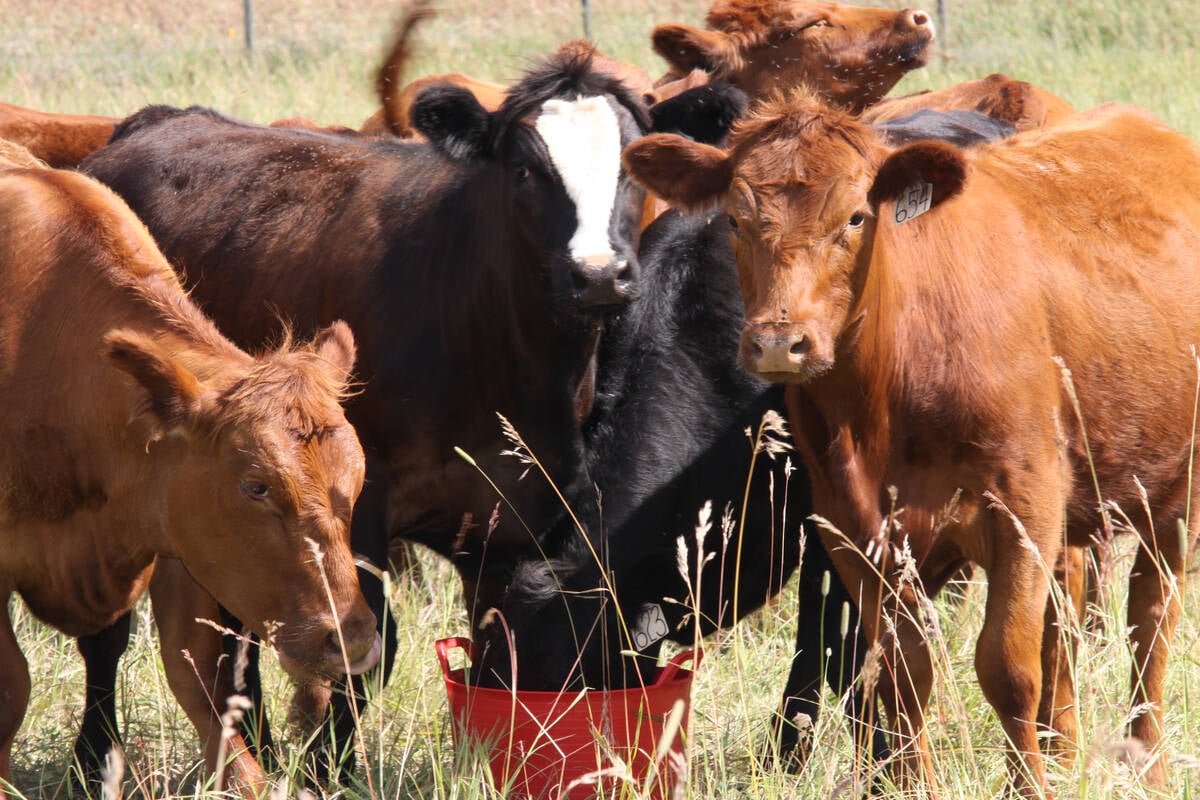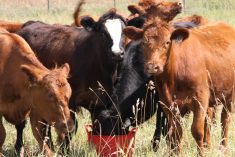Hog farmers might have to make a leap of faith into the open housing system in the near future if a worldwide movement to ban gestating sow crates is successful.
But a leading Netherlands-based hog breeding stock and production company said it can be economically viable.
“Group housing is not more difficult or more easy than keeping sows in crates,” said Topigs spokesperson Peter Loenen in a response to e-mailed questions.
“The farmer has to get used to the system of group housing and he has to believe in it.”
Read Also

Feeder market softens as demand for cattle weakens
For the week ending Oct. 25, western Canadian yearling markets traded steady to $10 per hundredweight below prices from the previous week.
Topigs research has found that group housed gestating sows have a farrowing rate slightly lower than crated sows, but they get heavier piglets, so there is no significant difference.
“Looking at the complete picture, technical results stayed on the same level as before the farms started with groups,” said Loenen.
“Less stress (for the pigs) improved results in sows, producing heavier piglets.”
Topigs has about 50,000 sows in open housing systems in the Netherlands.
Years of practical experience and research have revealed certain key elements of an open housing system, including:
• enough space for the sows;
• distraction mater ials for the sows;
• a feeding system that allows sows to feed to their particular needs.
The most essential element is the farmer.
“In general, the switch to groups
went well on most farms,” said Loenen.
“A few had problems. In those cases often the farmer was the problem. He did not switch his way of management.”
But farmers who embraced the change and adapted their management methods did well, Loenen said.
He said once a farm has been converted to open housing, a few generations of sow selection modifies to the gene pool to produce better adapted sows.















